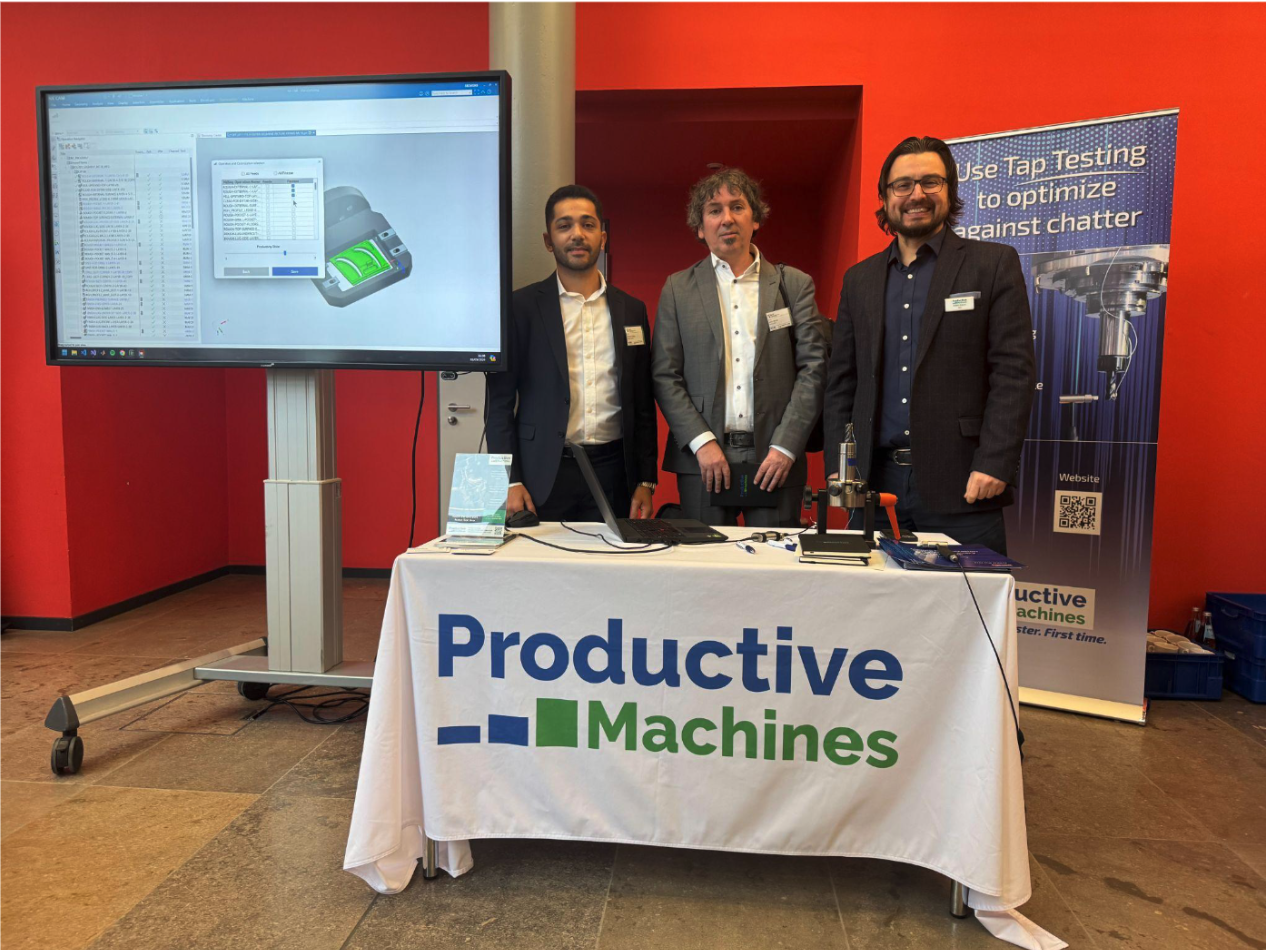The Power of Prediction
The Romans built structures over 2,000 years ago that are still standing today. We passed over one such bridge on a recent cycling holiday.
But could their master builders have made them more efficiently… using less material, in a shorter timescale, or with fewer accidental collapses? For certain, these structures could have been more efficient had they understood the mechanical forces at play.
A better understanding of mathematics enabled the architects and engineers of Renaissance Italy to construct far more complex structures that would have been well beyond the capabilities of the ancient Romans. Such breakthroughs enabled the construction of the Duomo in Florence for example, a masterpiece of design that relied upon more advanced mathematics and innovation.
Today, our architects and engineers have the benefit of modern computers, powerful design software and predictive AI that enables structures that our ancestors could never have thought possible to be built with speed and efficiency. What would the ancient Roman architect have thought of the New Congress Centre in present day Rome for example?
This applies not only to architecture. In today's manufacturing environment, predictive tools can dramatically improve efficiency and sustainability.
Predictive Tools for Machining
CNC machining requires the generation of CAM files, i.e. machine tool paths from a CAD model. This is traditionally an iterative process based on trial and error on the machine tool. The geometry is well understood, but finding the best process parameters, i.e. spindle speed,feed rate and cutting depths requires an understanding of the cutting forces, deflections and vibrations that each cutting tool will experience throughout the whole tool path.
This iterative process normally involves machining a number of test pieces at different settings to achieve a “good enough” process
Productive Machines use advanced digital twins (simulations of the machine and the physics of the process) to accurately predict cutting forces, deflections and vibrations. Millions of potential settings can be simulated and an AI selects the right settings for each tool and the tool path. This eliminates the need for trial and error on the machine tool and enables right first time manufacturing with benefits such as:
- Reduced cycle-time
- Extended cutting tool life
- Reduced cost
- Reduced CO2e emissions
- Improved surface finish.
This predictive insight can be combined with the latest sensing equipment to measure the cutting forces actually generated during manufacture.
Complex force profiles
The forces generated at the point of machining contact vary dramatically as the cutting tool completes its automated path (see typical chart below). These peaks and troughs can be substantially reduced by continuous adjustment of spindle rotation speed and cutting tool feed-rate. This understanding is key to process optimisation.
Comparing Prediction with Reality
Working alongside sophisticated sensor companies such as Kistler enables measurement of the actual vs. predicted cutting forces in real time. The benefit here is twofold:
-
Identify the workpiece material characteristics:
This enhances Productive Machines simulation accuracy to refine the tool rotation speeds and feed rate -
Confirm points of high force and tool deflection:
This dramatically reduces time consuming and expensive traditional post-manufacture inspection processes involving on machine probes or CMMs (coordinate measuring machines).
With modern technology and a better understanding of the physics of manufacturing processes,Productive Machines can save manufacturers time and money by enabling them to move from design to first part faster and with lower cost.








